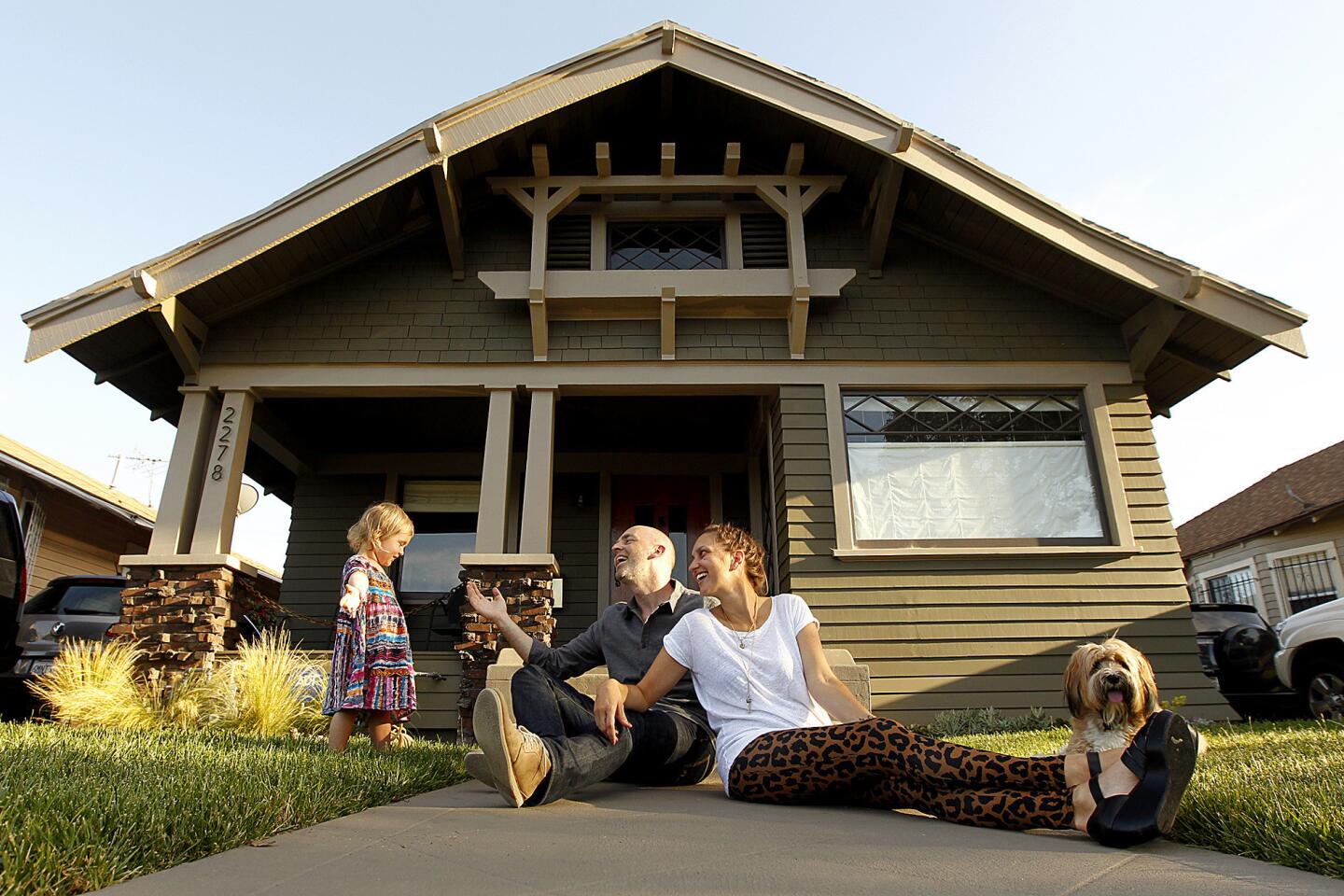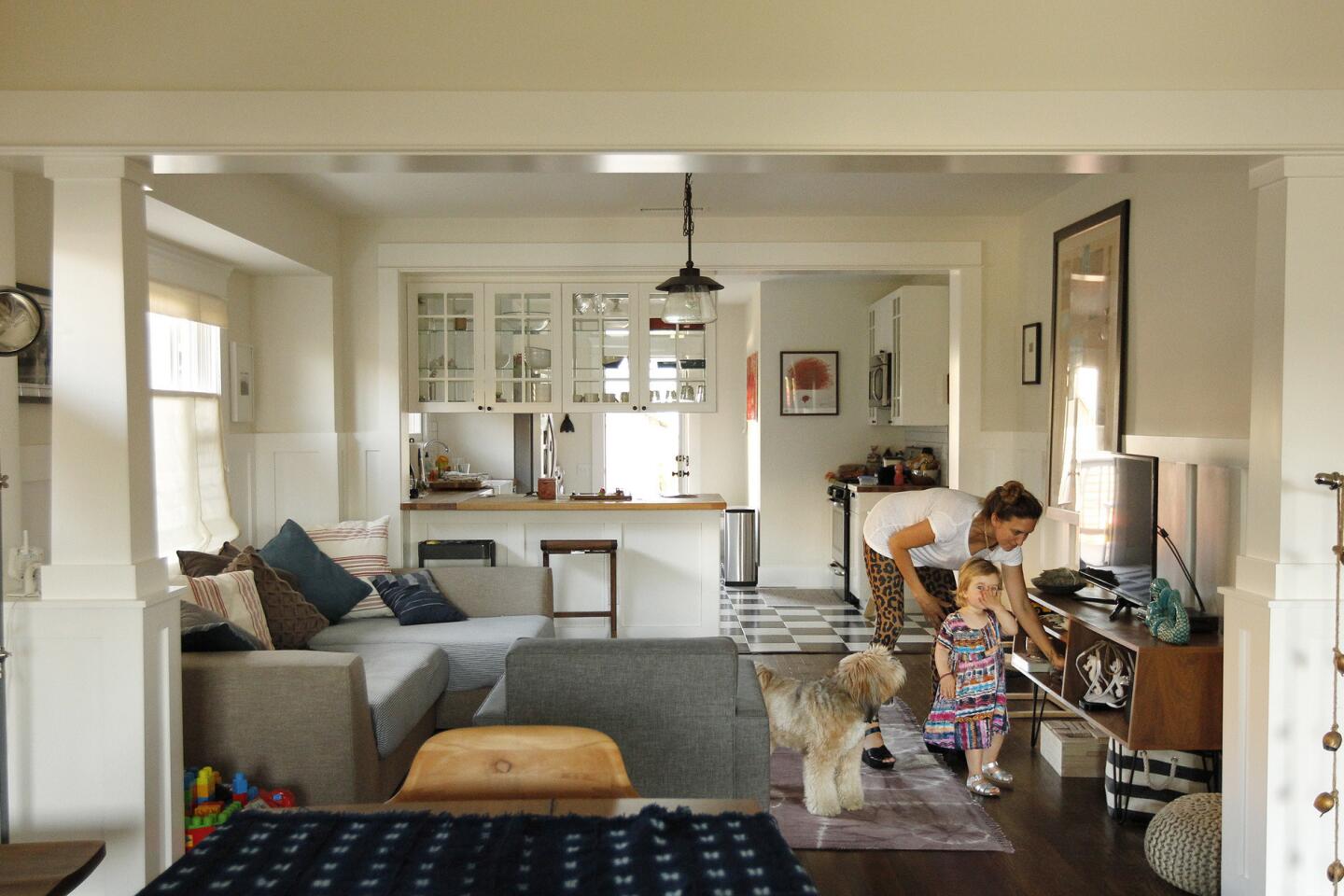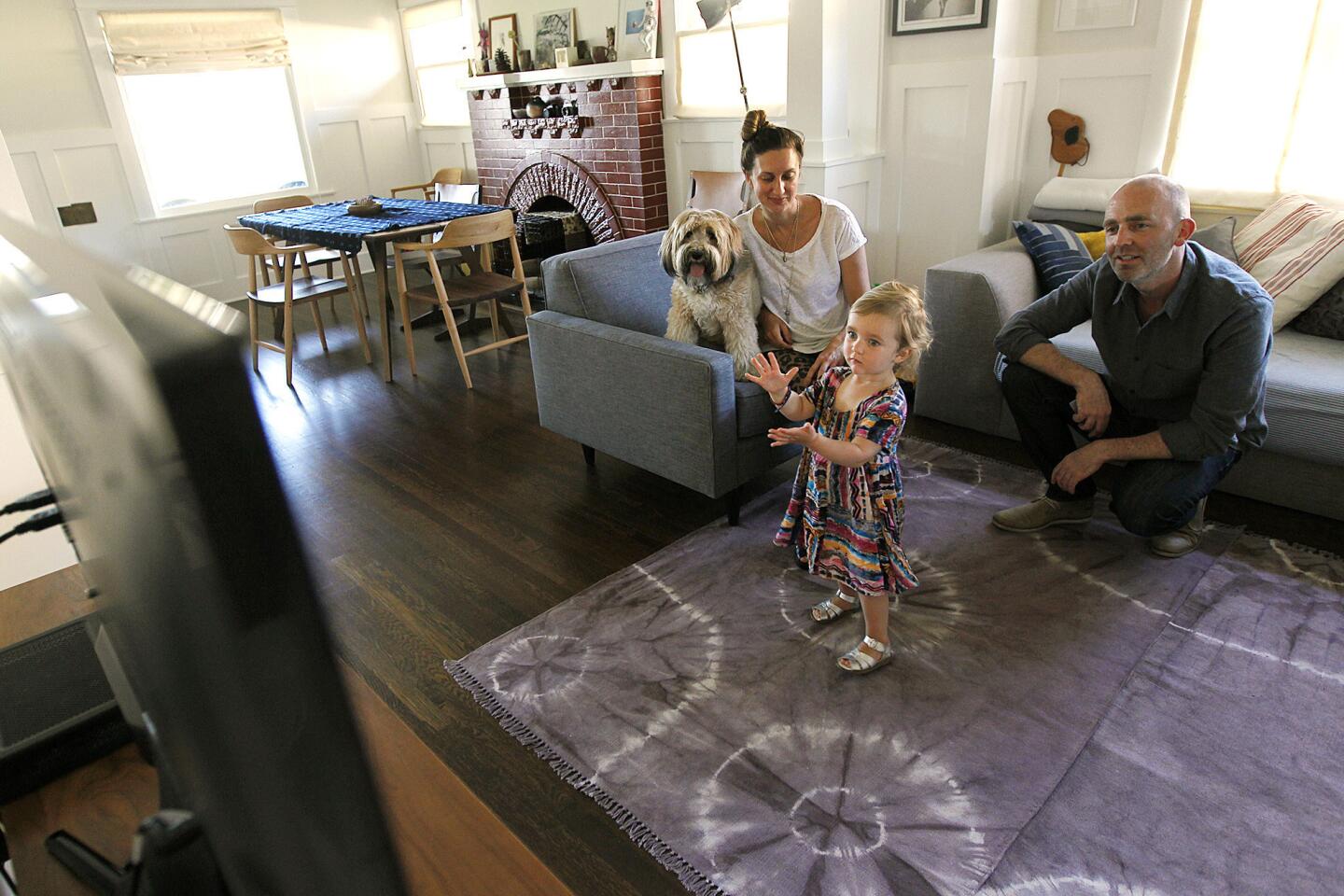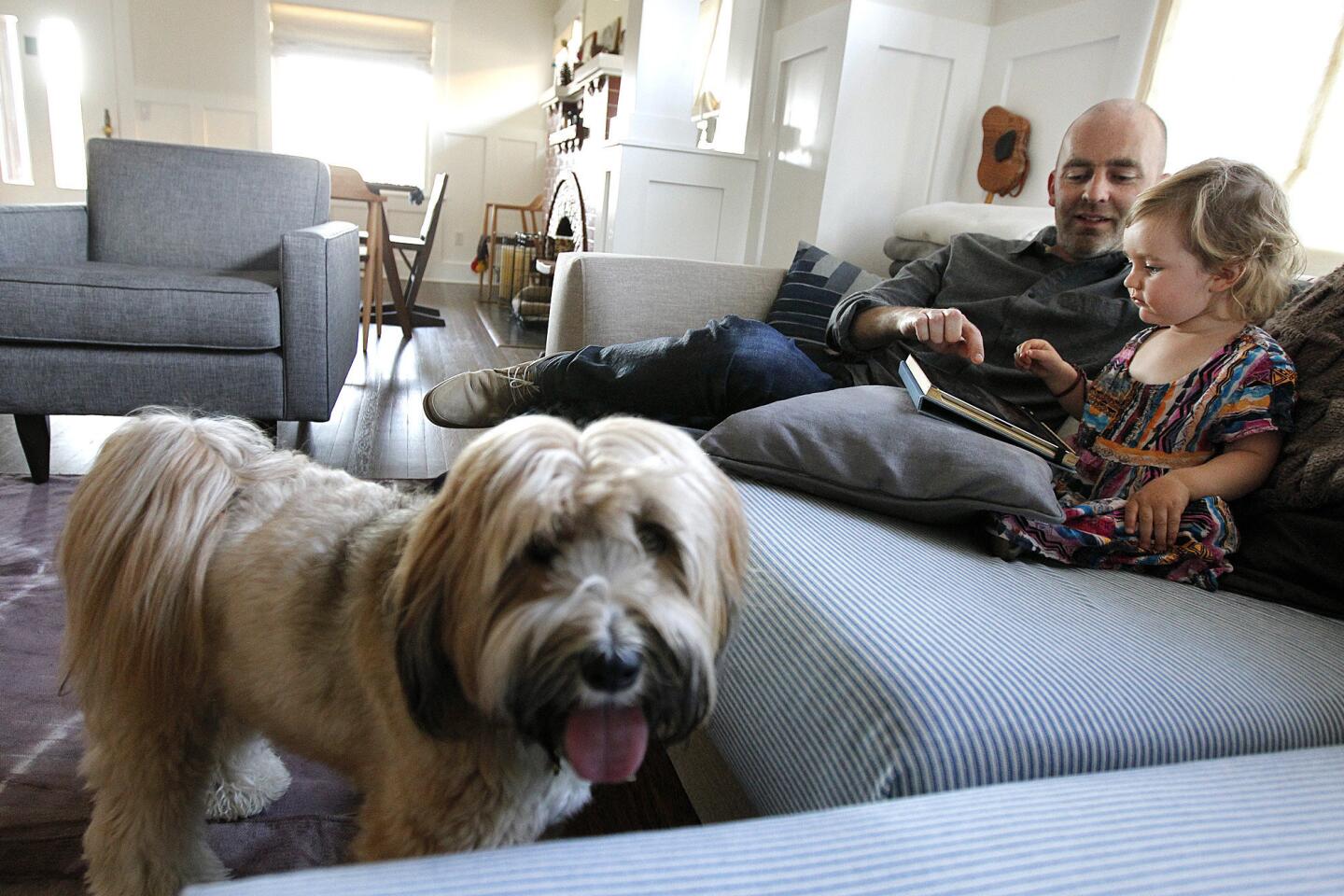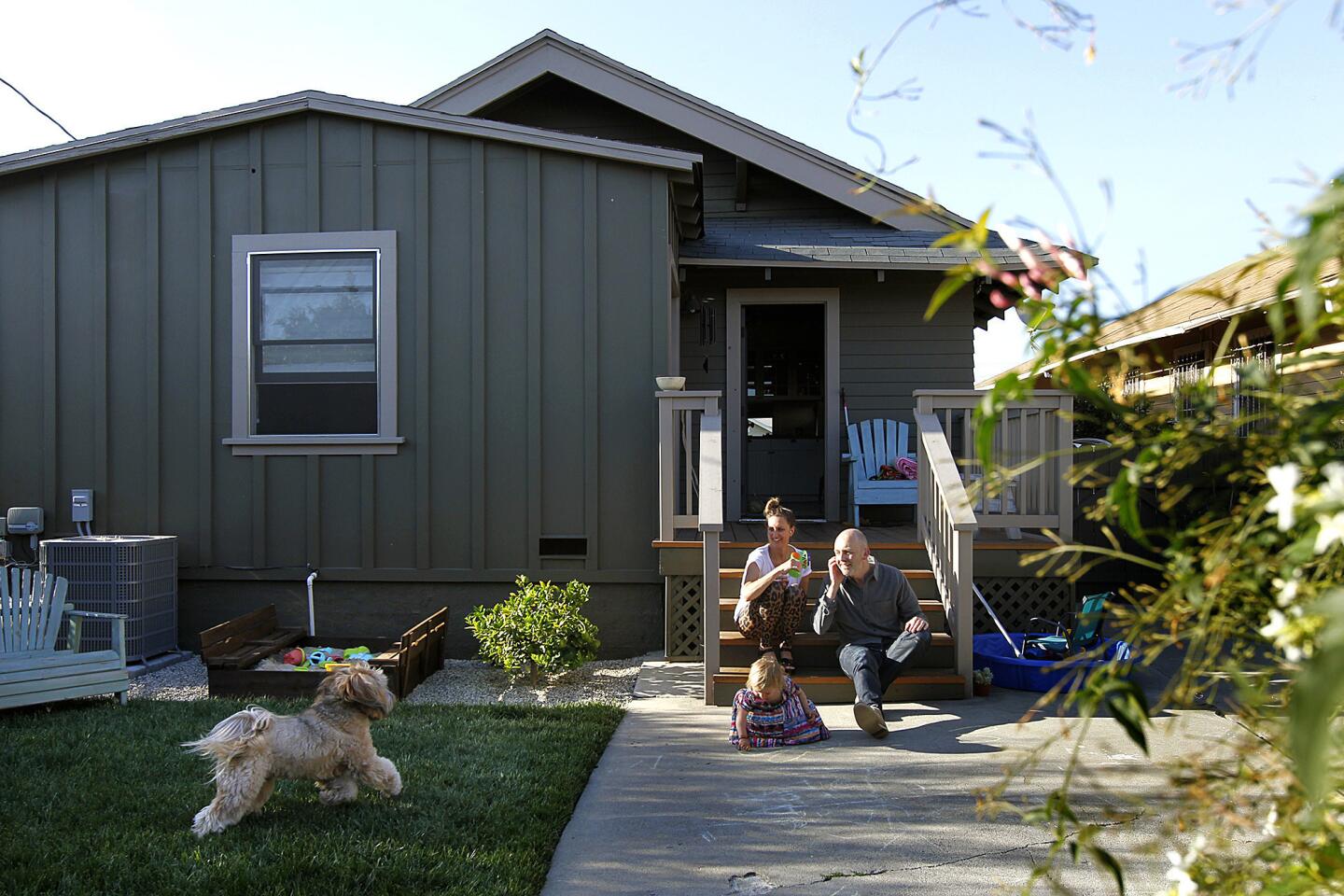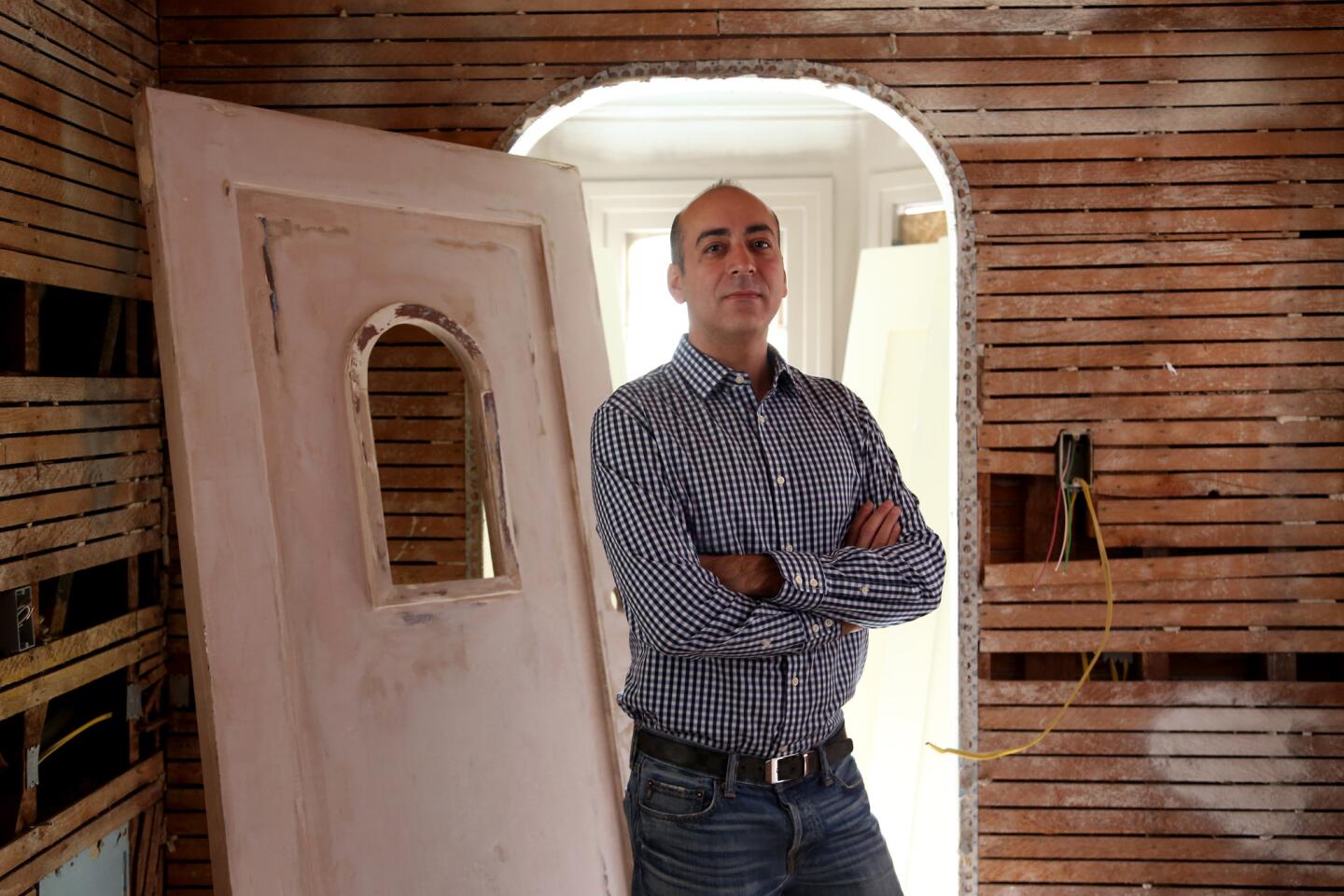Soaring home prices spur a resurgence near USC
- Share via
Priced out of much of Los Angeles, young professionals are zeroing on several neighborhoods around USC and to the west, as the expanding Expo light rail line delivers new residents to the area.
Communities such as Jefferson Park, Leimert Park and West Adams are attracting buyers — and investors — seeking their relative affordability, location between the Westside and downtown Los Angeles, and the rail link between the two.
The influx comes as the once-struggling communities now see potential for new investment along major boulevards of South Los Angeles such as West Adams, Jefferson and Crenshaw. Prices are shooting up: In the ZIP Codes covering these neighborhoods, the median home price jumped 40.6%, to $450,000, in the first quarter compared with a year earlier, according to San Diego research firm DataQuick.
“There is great potential on a variety of streets,” said Los Angeles City Councilman Bernard Parks, whose district includes neighborhoods west and south of USC. “People are finding what fits their pocket book.”
Many of the newcomers once lived in the neighborhoods, or their families did, but moved away, Parks said. “Many of them have ties here ... and decided to reconnect.”
Real estate professionals are taking notice. Agent Dino Buiatti is opening a West Adams office in June and plans to staff it with 30 agents.
“In the next five, 10, 15 years, the whole neighborhood is going to change,” he said. “There is a lot of money being poured in.”
A key indicator of residential activity is the amount of house-flipping taking place — investors buying, renovating and reselling properties.
Of all home sales in these neighborhoods during the first three months of this year, 11.5% were flips, according to research firm DataQuick.
The flipping rate surpassed even investor and hipster haven Highland Park.
“There is an awful lot of activity,” said Timothy Braseth, who last year rehabbed 15 homes in the area. “It’s gotten very competitive.”
Developers are scooping up older Craftsman and Spanish-style homes, fixing them up and selling to new arrivals from the Westside, downtown and West Hollywood.
Jillian Dillon bought a Jefferson Park remodel from Braseth last year. The fashion stylist and her music-industry husband came from Venice, where they rented. The couple scooped up a 1908 Craftsman bungalow for $442,000. It’s a mile from an Expo light rail stop, which Dillon predicts will boost their property value in years to come.
“Our home in Venice would easily be a $1.5-million home,” the 33-year-old mother said, recalling bidding wars they endured before realizing the Westside was out of reach.
Leimert Park, West Adams and Jefferson Park were among Los Angeles’ first suburbs. Their demographic shifts reflect immigration waves that swept Los Angeles over the last century.
Racial covenants kept the area predominantly white for decades. But in 1948, the U.S. Supreme Court ruled those racial deed restrictions unenforceable. Middle- and upper-class African Americans moved in, while many white residents left.
In the 1970s, jobs moved elsewhere and crime increased. The relatively new 10 Freeway now segregated South L.A. from the rest of the city, even splitting West Adams in two.
After a more recent wave of Latino immigration, only Leimert Park remains majority African American. Many new arrivals are white. The neighborhoods — largely west of USC and south of the 10 Freeway — are distinct.
Stately Victorian and Craftsman mansions of West Adams once housed Los Angeles’ white, and later, black elite. It is also home to the well-known First African Methodist Episcopal Church of Los Angeles.
Farther west, off Crenshaw, Leimert Park Village was a lively hub of African American arts and culture, but less so now.
Jefferson Park, centered along Jefferson Boulevard, is home to smaller Craftsman bungalows, brick warehouses, colorful wall murals and small, aging storefronts. Also there is the upscale restaurant Harold & Belle’s, a Jefferson Park institution serving Creole specialties in an area once known as Little New Orleans.
Newcomers are attracted to the historic housing stock, falling crime rate, proximity to a booming downtown and access to the region’s growing rail network.
The Expo line, running from downtown to Culver City, cuts through the neighborhoods and eventually will reach Santa Monica. Meanwhile, construction is underway on the Crenshaw line, which in 2019 will link the Jefferson Park area to just outside Los Angeles International Airport. It will also stop in Leimert Park Village, where a revitalization effort is underway.
In years past, investors shunned South Los Angeles, and residents watched businesses flee. Even now, Councilman Parks expressed dismay that businesses haven’t acted on the unmet demand for nicer restaurants and more retail options.
“New residents coming in are going to bring a list of demands,” he said. “Then it’s up to businesses.”
More investments are coming. USC plans to break ground in September on a massive retail and student housing development on Jefferson Boulevard, across from its campus. A contemporary art gallery opened to hundreds in February at Leimert Park Village. And developer Nick Hadim has leased a collection of old brick buildings on Jefferson to artists and plans to fill corner space there with coffee shops and cafes.
That influx has spurred hopes of economic revitalization, but it has also sparked concerns.
“There are those fearful it will push out current business owners and current residents, and there is equally a large number of people that are tired of driving out of their communities to get what they want,” Parks said.
Amid fears the USC retail project would spur gentrification and displace residents, activists secured a $20-million investment from the university for affordable housing, up from the $2 million that USC originally proposed.
But some neighborhood residents and business owners welcome the influx of new residents and the potential for more amenities.
“We embrace the change that is coming,” said Heather Presha, a Leimert Park resident and real estate agent. “We want a coffee shop.... I want to be able to go, like in Highland Park, and have a wine.”
The owner of the new Leimert Park art gallery, Michelle Papillion, doesn’t think the community will have to wait long. In particular, she hopes to see a new health-food restaurant, she said. “I am pretty optimistic that we will have something pretty soon.”
Twitter: @khouriandrew
More to Read
Inside the business of entertainment
The Wide Shot brings you news, analysis and insights on everything from streaming wars to production — and what it all means for the future.
You may occasionally receive promotional content from the Los Angeles Times.
